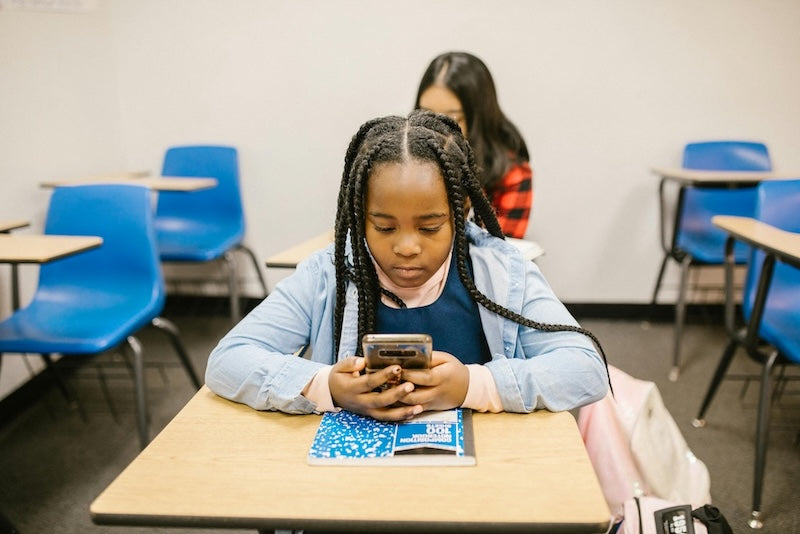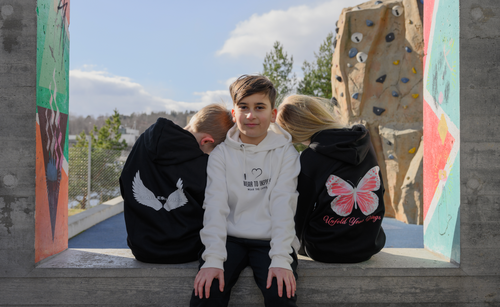
Network bullying and violations on the internet - so we protect children and young people
Share
In a digital world where we are constantly connected, bullying has taken on a new form – cyberbullying. With social media, chat apps and online forums, it has become easier than ever to harass someone anonymously or publicly. In this post, we will explore what cyberbullying is, how it affects young people and what we can do to stop it.
What is cyberbullying?
Cyberbullying is when someone is subjected to mean comments, rumors, threats or harassment online. This can happen through social media, text messages, email or other digital platforms. Unlike traditional bullying, cyberbullying can happen 24/7 and reach a much larger audience in a short period of time.
Statistics and facts about cyberbullying 2025
Current statistics show that:
-
Every third youth have ever been subjected to cyberbullying.
-
50% of bullying victims have also experienced physical or verbal harassment offline.
-
Only 1 out of 10 Tell an adult about cyberbullying.
These figures show that cyberbullying is a growing problem that requires immediate action.
The difference between bullying and penpalism
Bullying involves repeated insults that harm an individual, while scapegoating often refers to a hierarchical culture of humiliation, especially within schools or associations. Both are harmful, but cyberbullying can affect anyone, at any time.
How does cyberbullying affect young people?
The consequences of cyberbullying can be serious and long-lasting. Many victims experience:
-
Low self-esteem and anxiety
-
Depression and self-harm behaviors
-
Fear of using social media
Being ostracized from an online group can be just as painful as physical bullying. Many people feel isolated and powerless, especially when the perpetrators hide behind anonymous profiles.
What can we do to stop cyberbullying?
-
Raise awareness – Talk openly about cyberbullying and its consequences.
-
Supporting victims – Listen, support and encourage those affected to seek help.
-
Report violations – Platforms like Facebook, Instagram and TikTok have reporting tools to deal with offensive content.
-
Parental involvement – Maintain an open dialogue with children and young people about their digital lives.
-
Tighten legislation – Many countries are working to strengthen laws regarding cyberbullying and digital abuse.
Preventing cyberbullying at school
Schools play a crucial role in preventing cyberbullying. By including digital safety in teaching and creating a safe atmosphere where students dare to report online abuse, we can reduce the problem. Teaching students about source criticism, respect and ethics online is an important part of this work.
Closing thoughts
Cyberbullying is a serious problem that affects many young people every day. By talking about it, supporting those affected, and working for a safer digital environment, we can make a difference.Wear To Inspire stands for community, strength and caring – let's spread the message of kindness together online.
Have you or someone you know been a victim of cyberbullying? Don't hesitate to seek help and support. Together we can stop online hate!




